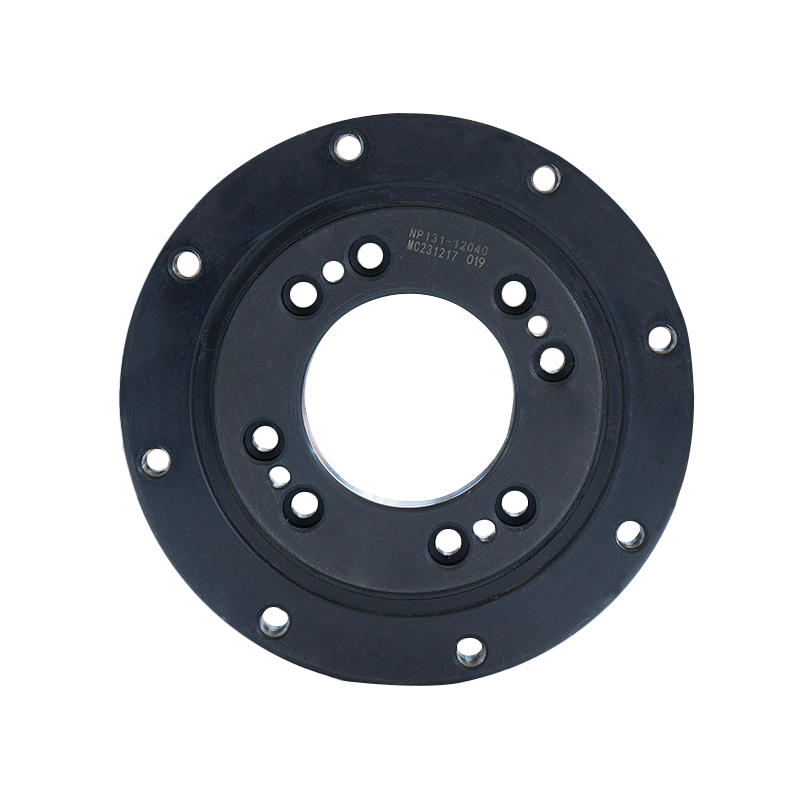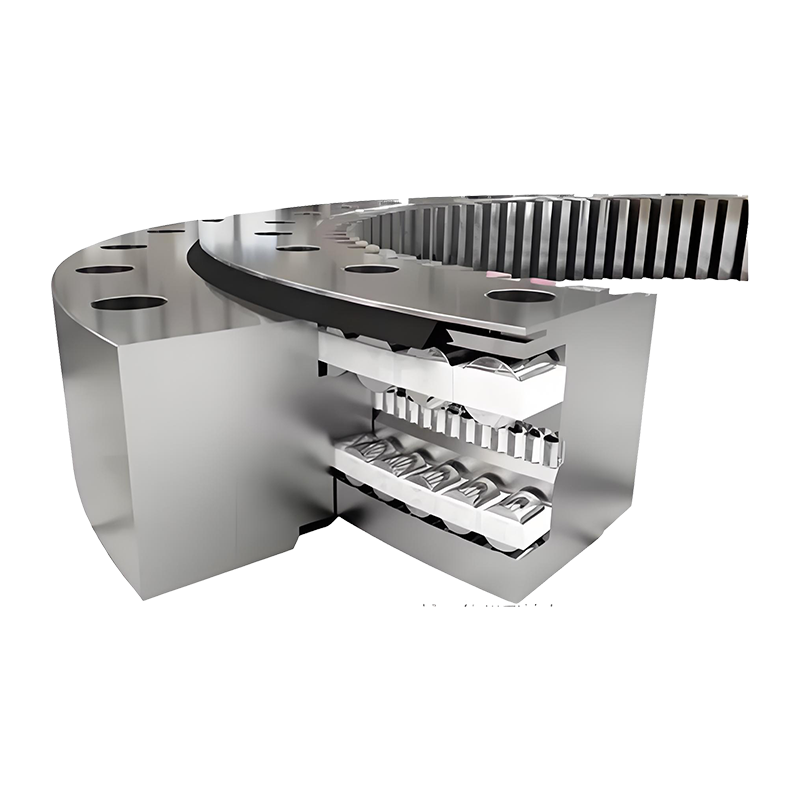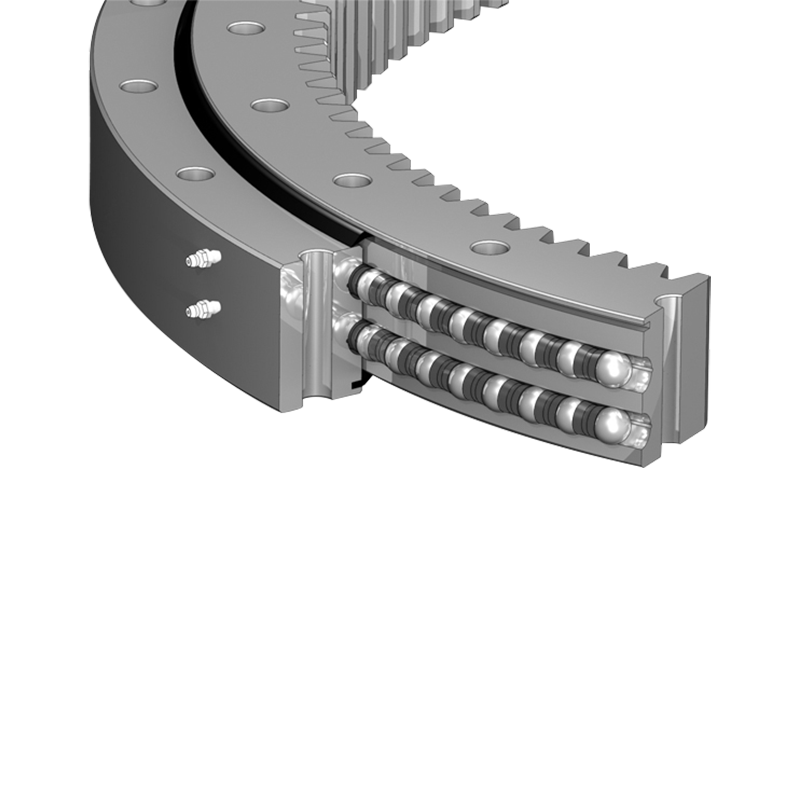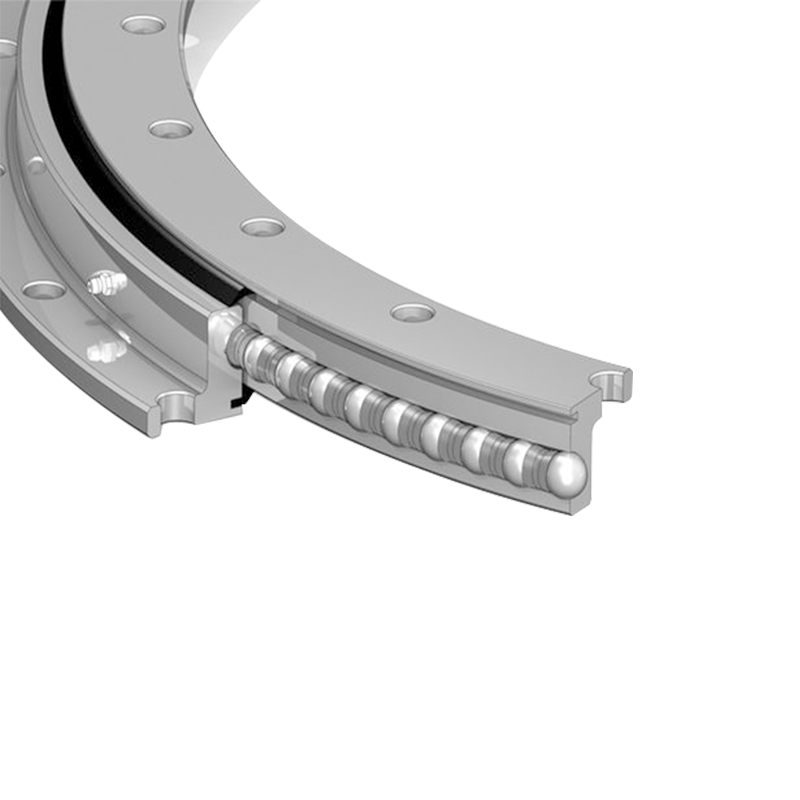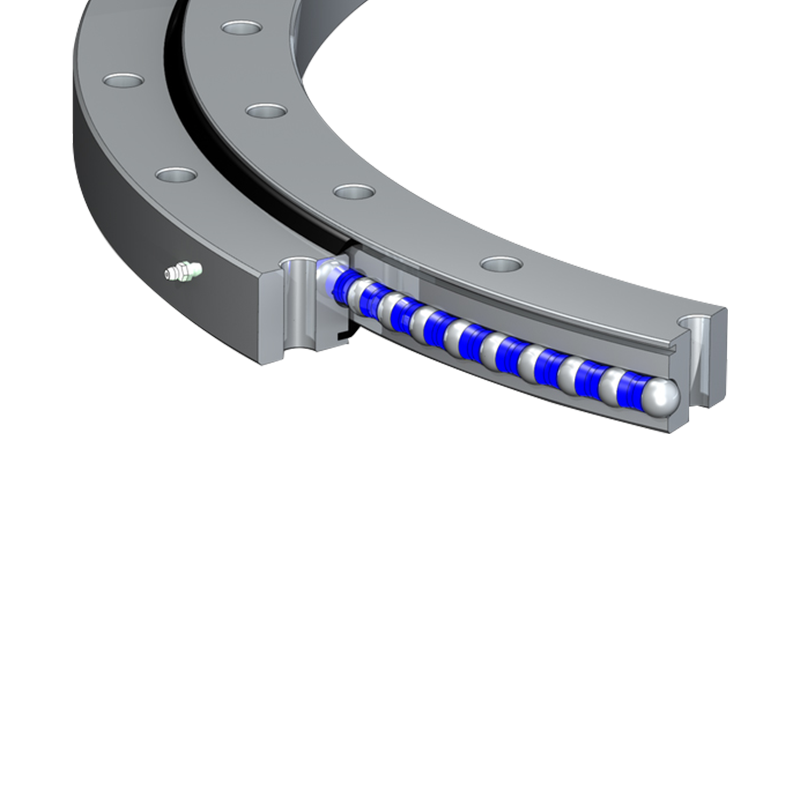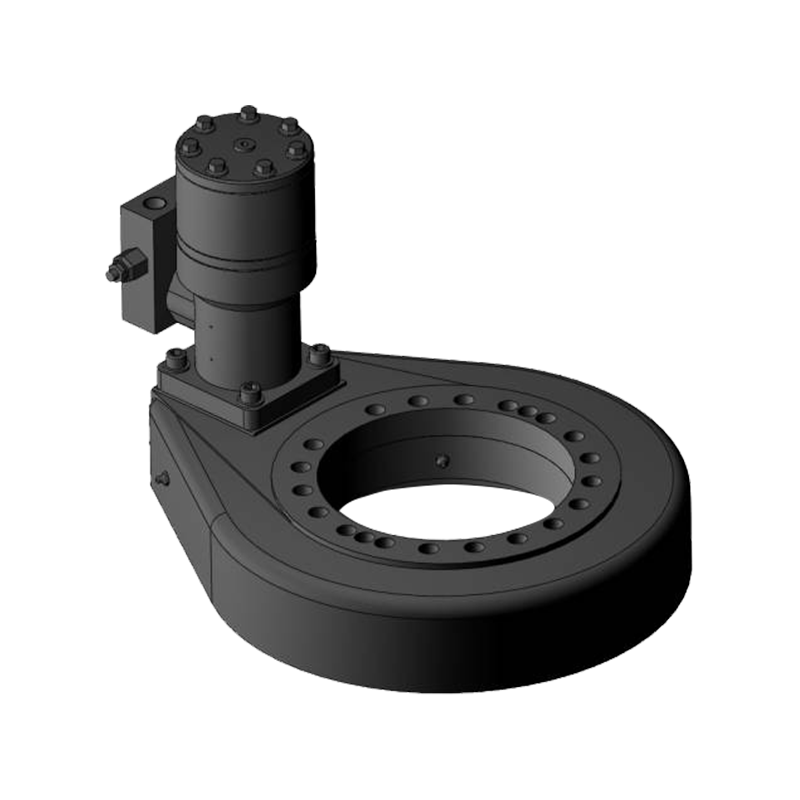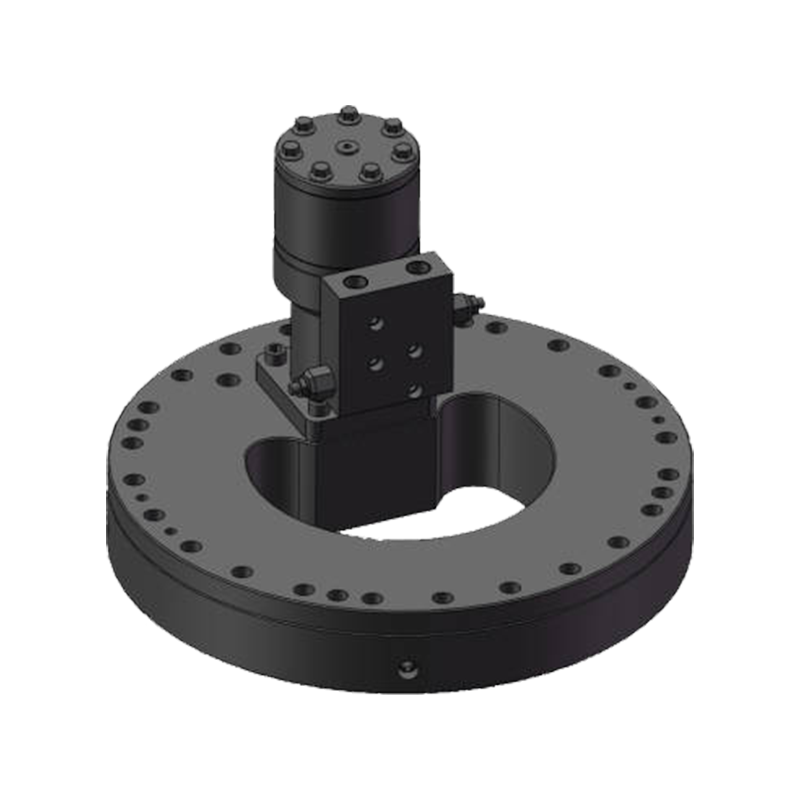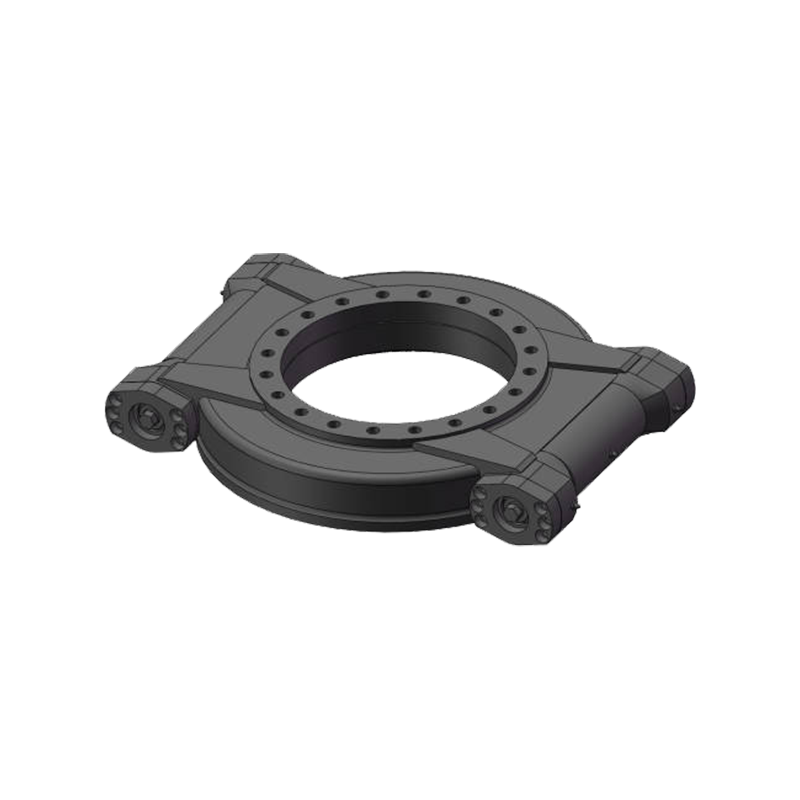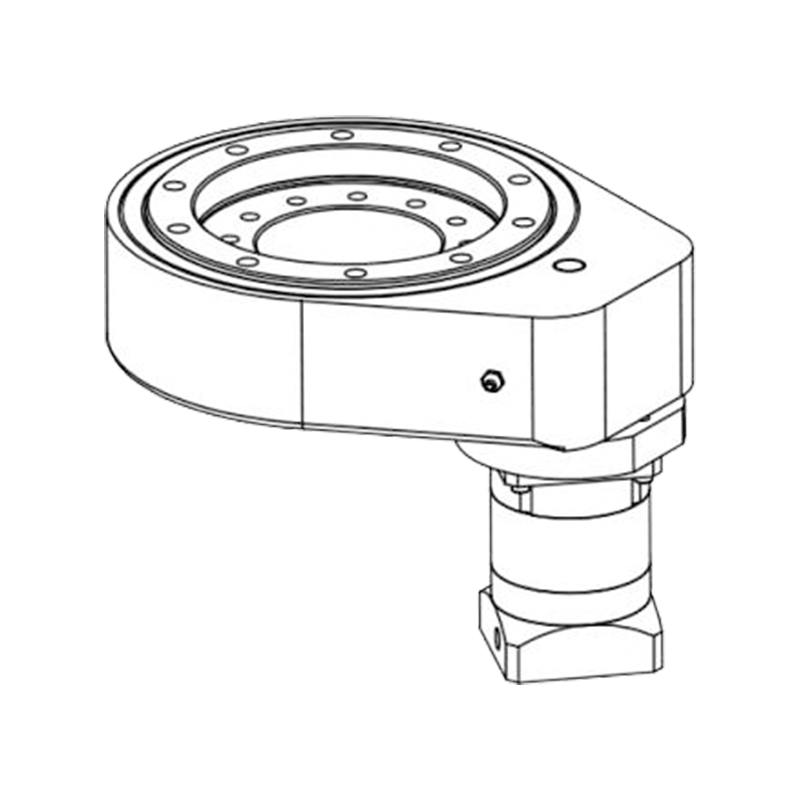Slewing Bearings: Engineering the Turn
 2025.07.22
2025.07.22
 Industry news
Industry news
Beneath the sweeping blades of wind turbines, within the rotating platforms of cranes, and at the core of cutting-edge robotics, slewing ring bearings (also known as turntable bearings) are engineering’s unsung enablers of motion. These colossal yet precision components – some exceeding 15 meters in diameter – are undergoing a technological metamorphosis. Driven by the explosive growth of renewable energy, automation, and extreme infrastructure demands, slewing ring manufacturers are redefining durability, intelligence, and sustainability in rotational systems.
Content
- 1 More Than Just a Bearing: The Anatomy of Power
- 2 Megatrends Fueling Innovation
- 3 Engineering Breakthroughs
- 4 The Digital Transformation: Smart Bearings Emerge
- 5 Sustainability: Building the Circular Rotation
- 6 Global Supply Chain & Geopolitical Shifts
- 7 Challenges at the Edge
- 8 The Future: Where Rotation Meets Revolution
- 9 Conclusion: The Silent Enablers of a Moving World
More Than Just a Bearing: The Anatomy of Power
Unlike standard bearings, slewing rings are integrated systems engineered to handle:
-
Combined Loads: Simultaneous radial, axial, and moment (tilting) forces.
-
Continuous Rotation: 360°+ operation under immense stress.
-
Precision Positioning: Micron-level accuracy for robotics or radar systems.
Core Components:
-
Raceways: Hardened steel tracks for rolling elements.
-
Rolling Elements: Balls, cylindrical rollers, or crossed rollers.
-
Gear Teeth (Integrated): Internal or external teeth for direct drive engagement.
-
Mounting Holes: Facilitate direct structural attachment.
Megatrends Fueling Innovation
-
Wind Energy’s Towering Demand:
-
A single offshore wind turbine requires 3-5 massive slewing rings (yaw, pitch, rotor).
-
Yaw Systems: Bearings up to 5m diameter handling 10,000+ kNm moments.
-
Pitch Bearings: Withstanding cyclic fatigue from 200-ton blade adjustments.
-
Market Shift: Demand for 20+ MW turbines pushes bearing diameters beyond 8m.
-
-
Robotics & Automation Surge:
-
Collaborative Robots (Cobots): Compact crossed-roller bearings enabling <0.001° repeatability.
-
Automated Warehouses: Turntables in AS/RS cranes handling 50-ton payloads.
-
Surgical Robotics: Sterilizable, backlash-free bearings for precision movement.
-
-
Infrastructure & Heavy Machinery:
-
Port Cranes: Bearings rotating 1,500-ton container handlers.
-
Tunnel Boring Machines (TBMs): Custom rings surviving rock abrasion at 10 bar pressure.
-
Solar Trackers: Cost-optimized rings moving PV panels with 0.1° accuracy.
-
Engineering Breakthroughs
| Challenge | Innovation | Impact |
|---|---|---|
| Gigantic Scale | Segmented bearing design | Enables rings >15m diameter; easier transport |
| Corrosion (Offshore) | Duplex stainless steel (e.g., 1.4462) | 5x lifespan in salt spray vs. carbon steel |
| Fatigue Failure | Proprietary case-hardening (e.g., Ipsen® vacuum carburizing) | Increases L10 life by 300% |
| Precision Demands | 3D-ground raceways & AI-controlled grinding | <5μm profile deviation; near-zero runout |
| Weight Reduction | Hybrid ceramic rollers in aerospace rings | 40% weight savings; higher RPM capability |
| Lubrication Limits | Solid lubricant-embedded polymer cages | Maintenance-free operation for 10+ years |
The Digital Transformation: Smart Bearings Emerge
Industry 4.0 Integration:
-
Embedded Sensors: Strain gauges & accelerometers monitor:
-
Real-time load distribution
-
Micro-deformations indicating fatigue
-
Lubricant degradation (via temperature/vibration)
-
-
Wireless Data Transmission: LoRaWAN/5G modules stream health data to predictive maintenance platforms.
-
Digital Twins: Bearing-specific models simulate lifespan under actual operating conditions.
Case Example: Vestas uses smart yaw bearings to predict failures 3 months in advance, reducing turbine downtime by 40%.
Sustainability: Building the Circular Rotation
-
Material Efficiency: Near-net-shape forging cuts steel waste by 70%.
-
Longevity Focus: 30-year design life for wind bearings vs. 10-year legacy systems.
-
Recyclability: 98% steel recovery at end-of-life via specialized disassembly.
-
Green Steel Adoption: Thyssenkrupp supplies bearings made with hydrogen-reduced steel (cutting CO₂ by 95%).
Global Supply Chain & Geopolitical Shifts
-
China’s Dominance: Produces 65% of global supply (LYC, ZWZ, TMB).
-
Western Resilience: SKF, Schaeffler, and Kaydon invest $2B+ in EU/US factories to secure wind supply chains.
-
Raw Material Volatility: Molybdenum price swings impact alloy steel bearings.
Challenges at the Edge
-
Testing Limits: Few facilities can validate 20MW turbine bearings (requiring 50,000 kNm test rigs).
-
Installation Precision: Megaring mounting tolerances <0.1mm/m demand AI-guided robotics.
-
Counterfeit Risk: Illicit copies cause catastrophic failures in crane/wind markets.
The Future: Where Rotation Meets Revolution
-
Additive Manufacturing:
-
Printing complex gear-tooth profiles impossible via machining.
-
On-site repair of damaged raceways via laser cladding.
-
-
Active Vibration Control:
-
Piezo actuators counteract resonance in high-RPM systems.
-
-
Magnetic Levitation Bearings:
-
Contactless rotation for semiconductor/microscopy applications (no wear, zero lubrication).
-
-
Bio-Inspired Designs:
-
Honeycomb-optimized structures mimicking bone density for strength/weight balance.
-
Conclusion: The Silent Enablers of a Moving World
Slewing ring bearings have evolved from passive components to intelligent, system-critical enablers of the energy transition and automation age. As wind turbines grow taller, robots become more dexterous, and infrastructure pushes extremes, these engineered marvels rise to meet unprecedented demands through material science, digital integration, and sustainable design. They remain the pivotal technology – quite literally – allowing humanity to turn ambition into action. In a world seeking cleaner energy and smarter machines, slewing rings don’t just support the load; they enable the revolution.
Key Stats Spotlight:
| Metric | Value | Significance |
|---|---|---|
| Global Market Size (2025) | $6.8 Billion | 9.2% CAGR (Wind + Robotics driven) |
| Offshore Wind Bearing Demand (2030) | 220,000 Units | Requires 5x current production capacity |
| Precision Robotics Bearings | <0.0005° Backlash | Enables micro-surgery automation |
| CO₂ Reduction (Green Steel Bearings) | 12 Tons per MW of wind capacity | Critical for net-zero turbine production |
| Smart Bearing Adoption | 35% of new installations by 2027 | Predictive maintenance becomes stand |



